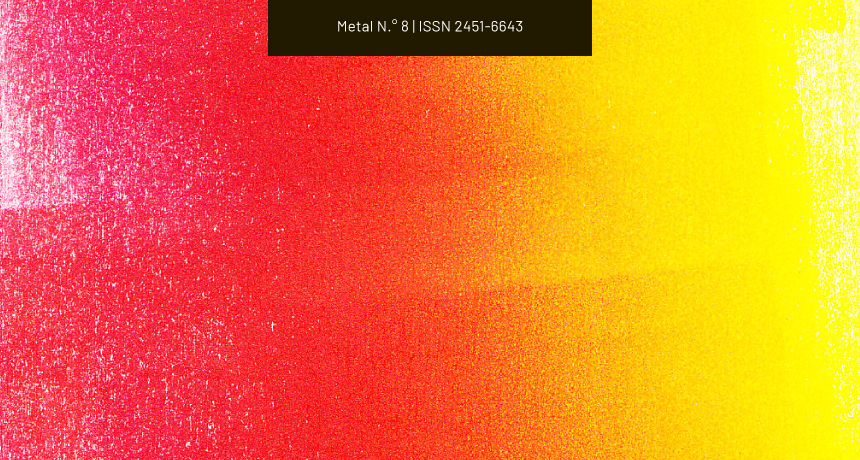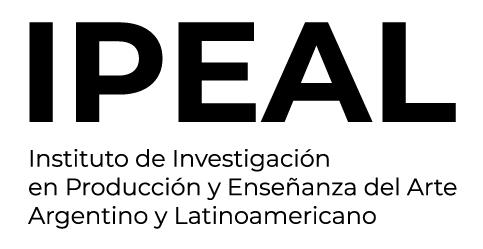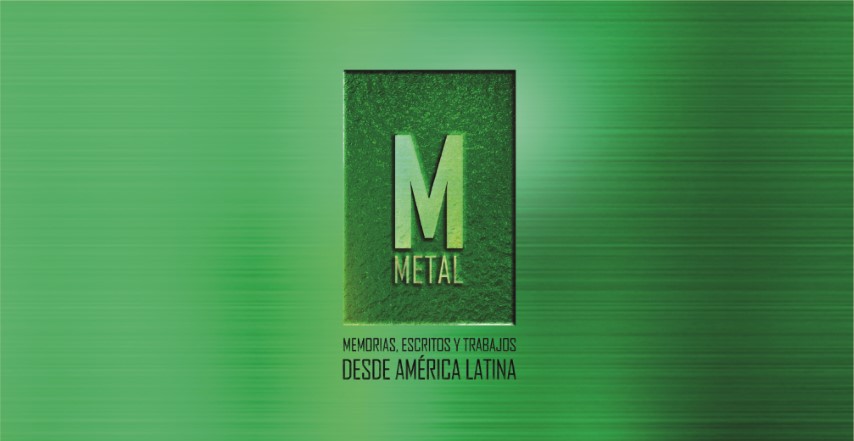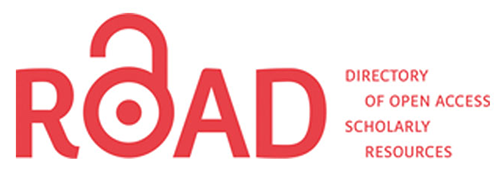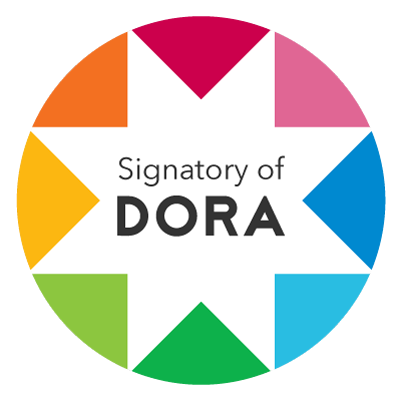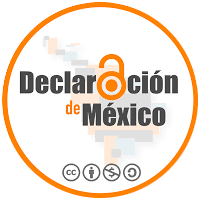Fulldome
An Immersive Experience
DOI:
https://doi.org/10.24215/24516643e035Keywords:
Fulldome, immersive point of view, spatial montage, 2D animationAbstract
Fulldome es un formato inmersivo que resurge con el auge de la Realidad Virtual y la Realidad Aumentada, ambos replantean el lenguaje audiovisual. El carácter inmersivo del mismo lo ubica junto a las nuevas tecnologías; la quietud del espectador y la limitada posibilidad de interactuar, junto al cine de pantalla plana. El punto de vista inmersivo redefine el montaje, el fuera de campo, la puesta en escena y el plano. Este escrito explora las posibilidades expresivas y técnicas en un trabajo en 2 Dimensiones, para un formato que se entiende mejor con 3 Dimensiones y el live actionReferences
Bazin A. (1975). ¿Qué es el cine? RIALP.
Casa de América. (17 de enero de 2018). Phonurgia, La Perspectiva sonora del cine y la escritura, Con Lucrecia Martel [Archivo de video]. Youtube. https://www.youtube.com/watch?v=NYqq1WltzpM
IMERSA. Immersive Media Entertainment, Research, Science & Arts. (s.f.). Immersive. https://www.imersa.org/immersive
Manovich, L. (2001). El lenguaje de los nuevos medios de comunicación: La imagen en la era digital. Paidós.
Mendoza, L. (14 de noviembre de 2021). El Universo de Tu Imaginación [Archivo de video]. YouTube. https://www.youtube.com/watch?v=i74IyWQYWvQ
Planetario Ciudad de La Plata (1 de marzo de 2015). Presentación del Planetario Ciudad de La Plata [Archivo de video]. YouTube. https://www.youtube.com/watch?v=5vhUqXxf99U
Sora, C. (2017). Una inmersión en el audiovisual VR y 360. Ediciones Profesionales de la Información
Downloads
Published
How to Cite
Issue
Section
License
Copyright (c) 2022 Maria Lucila Mendoza

This work is licensed under a Creative Commons Attribution-NonCommercial-ShareAlike 4.0 International License.
The acceptance of the manuscript by the magazine means the non-exclusive cession of the property rights of the authors in favour of the editor, who allows the reuse, after publication (post print), under a license Attribution-NonCommercial-NoDerivatives 4.0 International.
According to these terms, the material can be copied and redistributed by any means or in any format as long as a) the author and original source of the publication are quoted (magazine and URL of the work), access to the license is provided and whether changes have been made is mentioned; and b) the material is not used for commercial purposes.
The cession of non-exclusive rights means that after the publication (post print) in Metal the authors can publish their work in any language, means and format; in such cases it must be mentioned that the material was originally published in this magazine. Such cession also means the authorization of the authors for the work to be collected by SEDICI, the institutional archive of the Universidad Nacional de La Plata, and to be spread in the databases that the editorial team considers appropriate to increase the visibility of the publication and its authors.
Moreover, the magazine encourages the authors to deposit their productions in other institutional and thematic archives under the principle that offering the society the scientific and academic production without any restrictions contributes to a greater exchange of the global knowledge.

